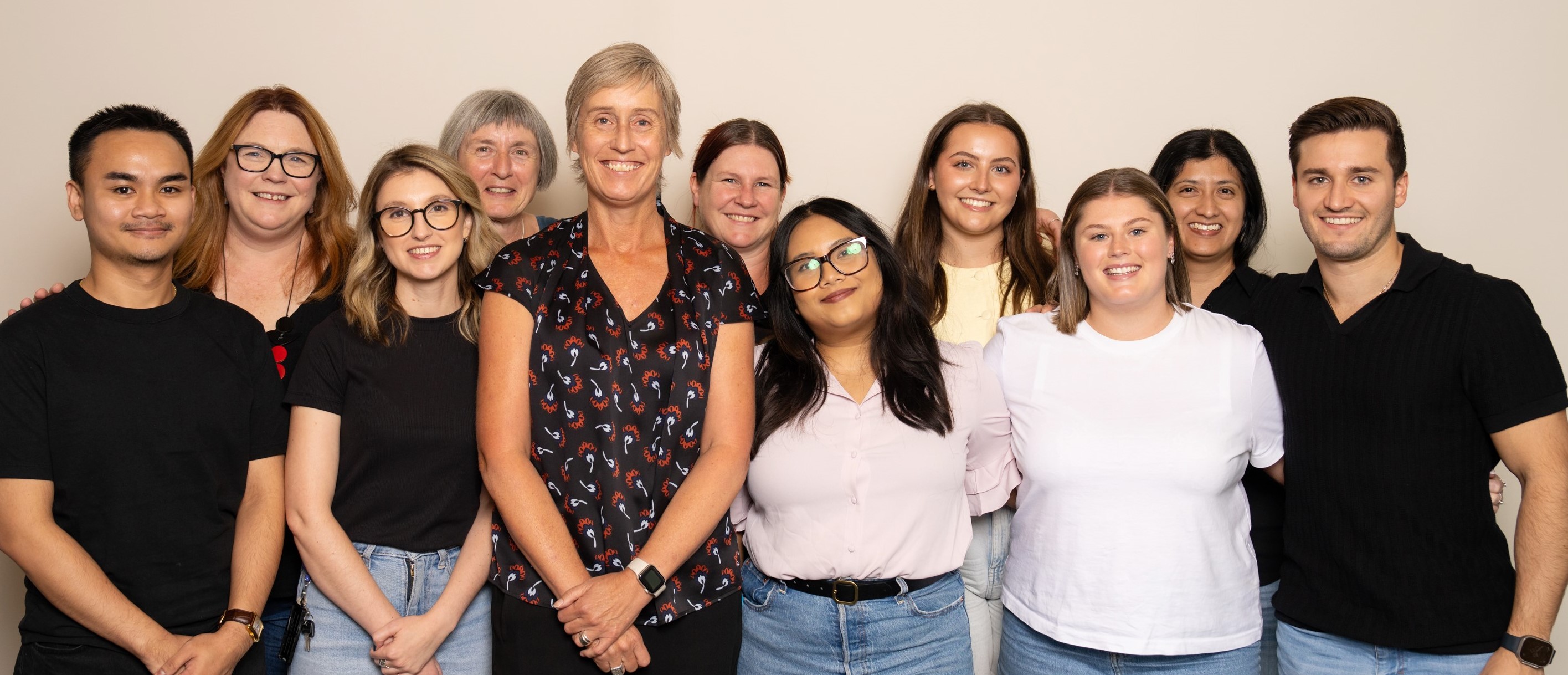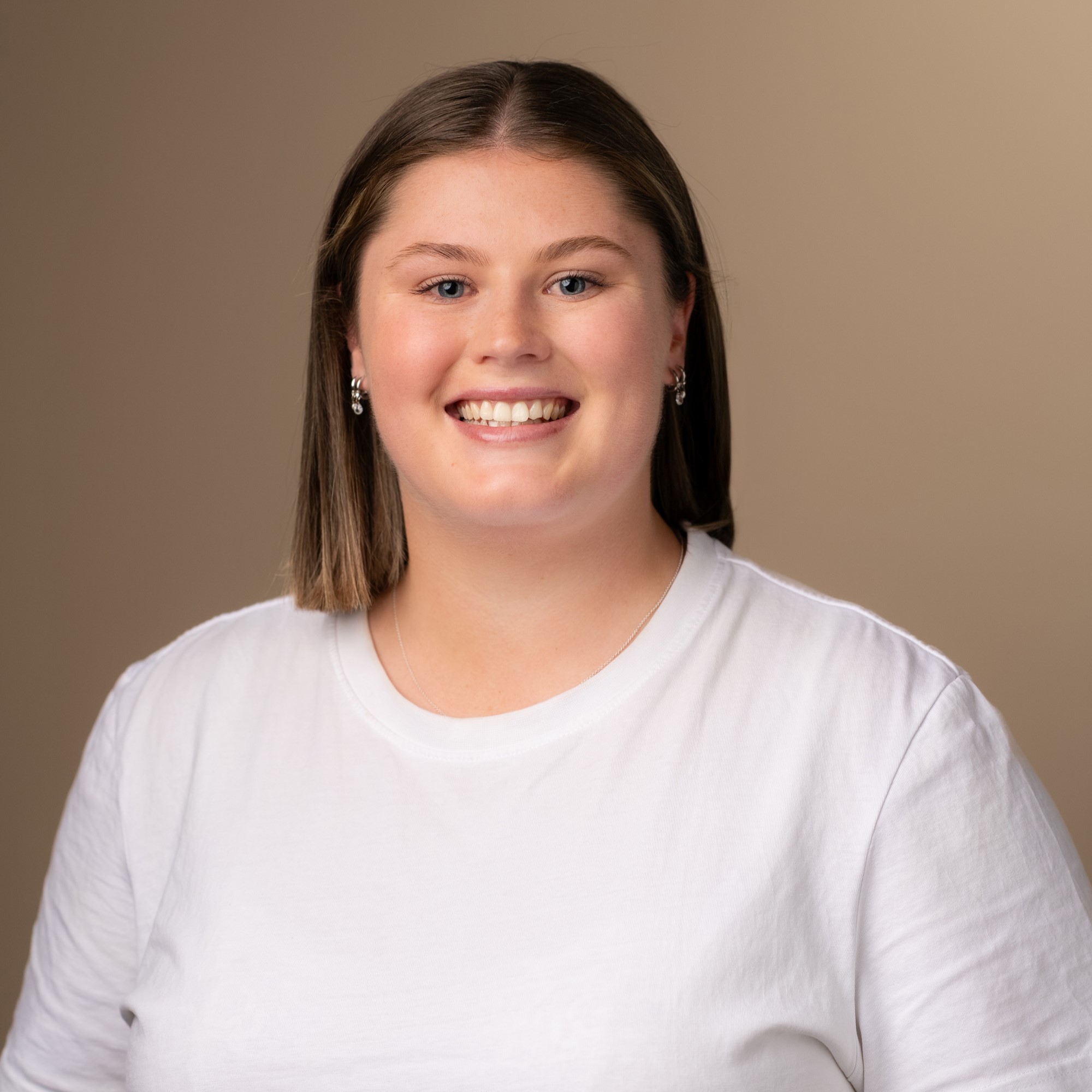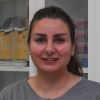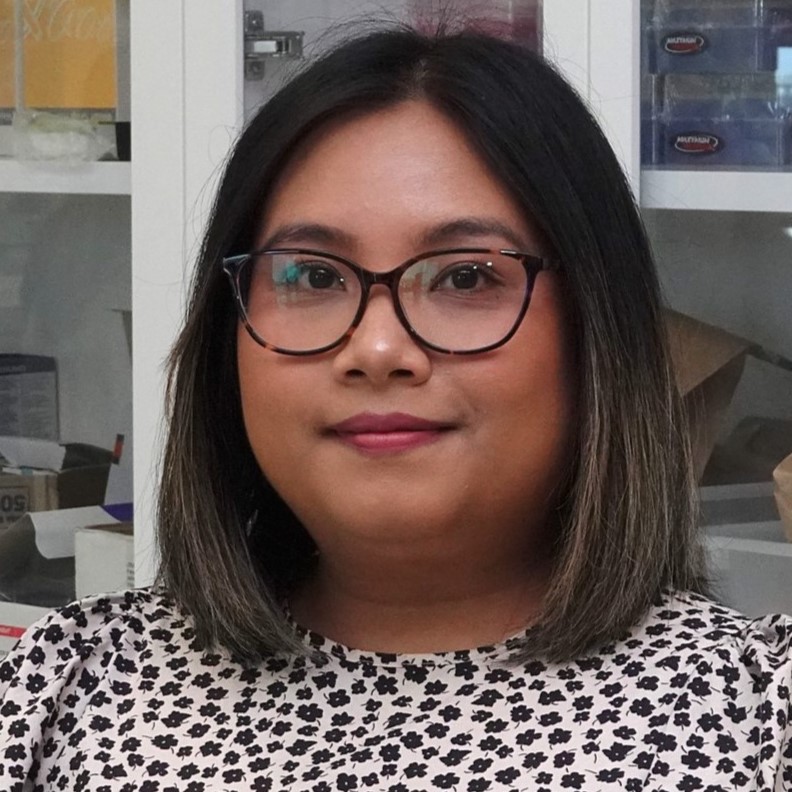Research Program Overview
Blood vessels form an extensive network that transports cells, oxygen and nutrients throughout all tissues and organs. Blood vessels are key components in our fight against disease and improved understanding of endothelial cells (ECs, specialised cells which form the inner lining of blood vessels), will provide new knowledge and novel treatment options for many fatal diseases, including cancer, heart disease and diabetes.
We have leading research in vasculogenic mimicry (VM), a process wherein cancer cells themselves form vascular-like structures to increase access to the blood supply to assist in tumour growth. In the most aggressive and difficult to treat cancers of the breast, skin and pancreas, increased VM is associated with poor clinical outcome. We have begun to identify novel elements in VM and are now targeting these with an overall aim to provide better outcomes for cancer patients.
We also have patented technology on making medical devices ‘bioinvisible’. For example, vascular occlusions are a major contributor to cardiovascular disease (CVD) which is a leading cause of death worldwide. Overcoming these occlusions requires insertion of devices (such as stents) to maintain vessel diameter which are seen by the body as foreign. Our innovative concept modifies stents with a patented BIOINVISIBLE low-fouling surface with proven revascularisation of implanted devices requiring minimal intervention and medication. This work is led by TekCyte Ltd.
Current Research Projects
- Investigating the role of desmoglein-2 in the progression of blood cancers and solid tumours
- Understanding the contribution of vasculogenic mimicry in the tumour microenvironment and cancer progression
- Defining the gene expression, signalling pathways and spatial proteomics that promote and modulate vasculogenic mimicry and anti-tumour immunity
- Advancing CAR-T cells for application to combat solid tumours (Carina Biotech Ltd)
Laboratory staff

Laboratory head
Team Members
Research Scientists
Technical and Research Assistants
PhD Students
- Charlie Ffrench

- Michael Ortiz

- Emma Dorward

- Anahita Fouladzadeh

-
Nathalie Nataren

Select Recent Publications
- Moore E, Robson AJ, Crisp AR, Cockshell MP, Burzava ALS, Ganesan R, Robinson N, Al-Bataineh S, Nankivell V, Sandeman L, Tondl M, Benveniste G, Finnie JW, Psaltis PJ, Martocq L, Quadrelli A, Jarvis SP, Williams C, Ramage G, Rehman IU, Bursill CA, Simula T, Voelcker NH, Griesser HJ, Short RD, Bonder CS. Study of the Structure of Hyperbranched Polyglycerol Coatings and Their Antibiofouling and Antithrombotic Applications. Adv Health Mater. 13(26):e2401545, 2024
- Myo Min KK, Ffrench CB, McClure BJ, Ortiz M, Dorward EL, Samuel MS, Ebert LM, Mahoney MG, Bonder CS. Desmoglein-2 as a cancer modulator: friend or foe? Front Oncol. 13:1327478, 2023.
- Bandara V, Foeng J, Gundsambuu B, Norton T, Napoli S, McPeake D, Tyllis T, Rad E, Abbott C, Mills S, Tan L, Thompson E, Willet V, Nikitaras V, Johnson A, Coombs J, Oehler M, Ricciardelli C, Cowin A, Bonder CS, Jenson M, Sadlon T, McColl S, Barry S. Pre-clinical validation of a novel pan-cancer CAR-T cell immunotherapy against nfP2X7. Nature Communications, 14(1):5546, 2023.
- Myo Min KK, Rojas-Canales D, Penko D, DeNichilo M, Cockshell MP, Ffrench CB, Thompson EJ, Asplund O, Drogemuller CJ, Prasad RB, Groop L, Grey ST, Thomas HE, Loudovaris T, Kay TW, Mahoney MG, Jessup CF, Coates PT, Bonder CS. Desmoglein-2 is important for islet function and β-cell survival. Cell Death and Disease, 13(10):911, 2022.
- Tan LY, Cockshell MP, Moore E, Myo Min KK, Ortiz M, Johan MZ, Ebert BW, Ruszkiewicz A, Brown MP, Ebert LM*, Bonder CS*. Vasculogenic mimicry structures in melanoma support the recruitment of monocytes. OncoImmunology, 11(1):2043673, 2022. *equal senior authors
- Ebert LM, Vandyke K, Johan MZ, DeNichilo M, Tan LY, Myo Min KK, Weimann BM, Ebert BW, Pitson SM, Zannettino ACW, Wallington-Beddoe CT, Bonder CS. Desmoglein-2 expression by multiple myeloma is an independent predictor of poor prognosis. Molecular Oncology, 16(5):1047-1056, 2021
- Flemming J, Hill B, Haque M, Raad J, Bonder CS, Harshyne L, Rodeck U, Luginbuhl A, Wahl J, Tsai K, Wermuth P, Overmiller A, Mahoney MG. miRNA- and Cytokine-associated Extracellular Vesicles Mediate Squamous Cell Carcinoma. Journal of Extracellular Vesicles, 9(1):1790159, 2020.
- Martini C, Thompson EJ, Hyslop S, Cockshell M, Dale B, Ebert LM, Woods A, Josefsson EC, Bonder CS. Platelets disrupt vasculogenic mimicry by cancer cells. Scientific Reports, 10(1):5869, 2020.
- Tan LY, Mintoff C, Johan MZ, Ebert BW, Fedele C, Zhang YF, Szeto P, Sheppard KE, McArthur GA, Foster-Smith E, Ruszkiewicz A, Brown MP, Bonder CS*, Shackleton M*, Ebert LM*. Desmoglein 2 promotes vasculogenic mimicry in melanoma and is associated with poor clinical outcome. Oncotarget, 7(29):46492-46508, 2016. * equal senior authors.
- Ebert LM, Tan LY, Johan MZ, Myo Min KK, Cockshell MP, Parham KA, Betterman K, Szeto P, Boyle S, Silva L, Peng A, Zhang Y, Ruszkiewicz A, Zannettino ACW, Gronthos S, Koblar S, Harvey NL, Lopez AF, Shackleton M, Bonder CS. A non-canonical role for desmoglein-2 in endothelial cells: implications for neoangiogenesis. Angiogenesis, 19(4):463-68, 2016.







